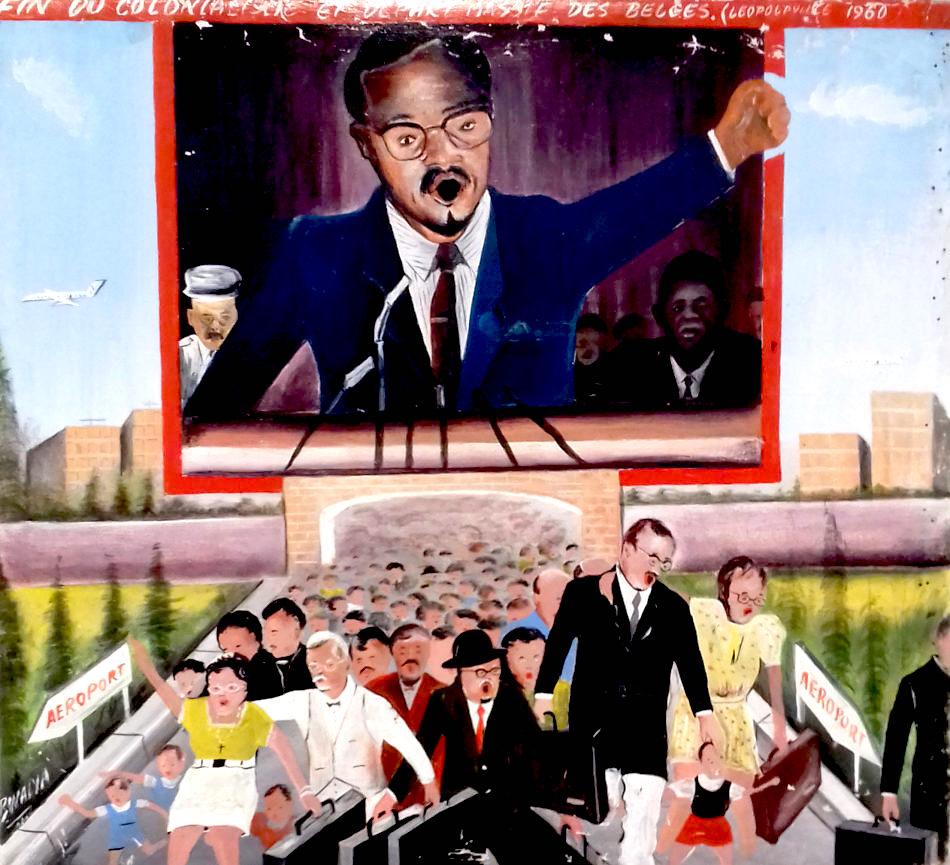First time a satellite operator and a wireless carrier have received FCC authorization for a Direct-To-Cell service

Satellite connectivity on smartphones can be an incredibly important safety feature, and both phone makers and carriers are working to expand its availability. Now, Starlink’s direct-to-cell service that will be used by T-Mobile now has FCC approval.
The big promise of direct-to-cell satellite service is that you will be able to connect to a satellite just like you currently connect to a cell tower, with your current smartphone, whenever you find yourself in a dead spot. It’s like putting a cell tower in space that you can access at all times.
So, this is actually a huge event. Any ordinary cellphone user, stuck in some rural area (or at sea) where these satellites have coverage, could establish communications as if there was a cellphone tower in range.
It will be very interesting to see how these pan out in terms of more congested areas, and how operating costs compare. I’m thinking too here of some of the extreme electricity load shedding that South Africa experienced, where cell towers had no grid power for up to 6 hours at a time. South African operators have also had very expensive backup batteries being stolen on a regular basis from their terrestrial sites.
When one factors all this in, how do a few satellite units compare? Even for rural communications, due to the reach of the towers, how many towers and interconnectivity infrastructure are required to cover a 200 square kilometre area vs by satellite?
See howtogeek.com/starlink-direct-…
#Blog, #communications, #satellite, #technology



















